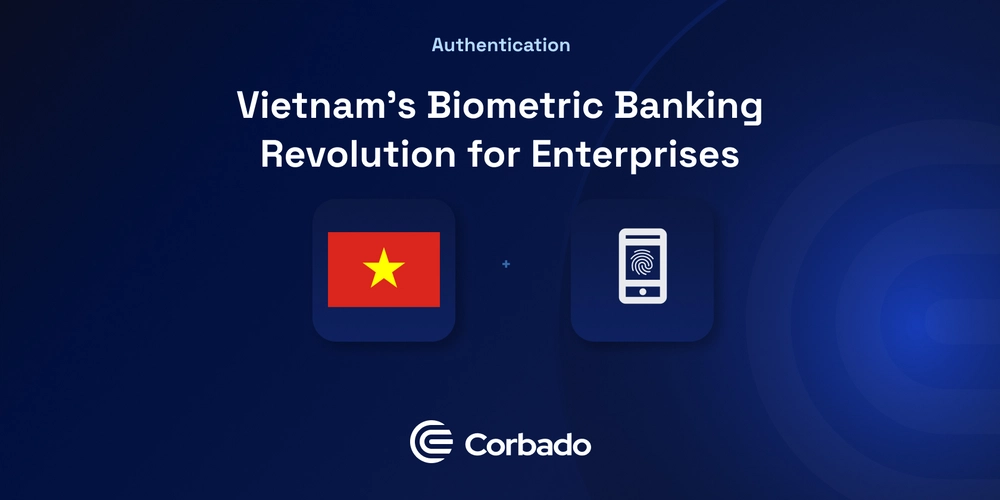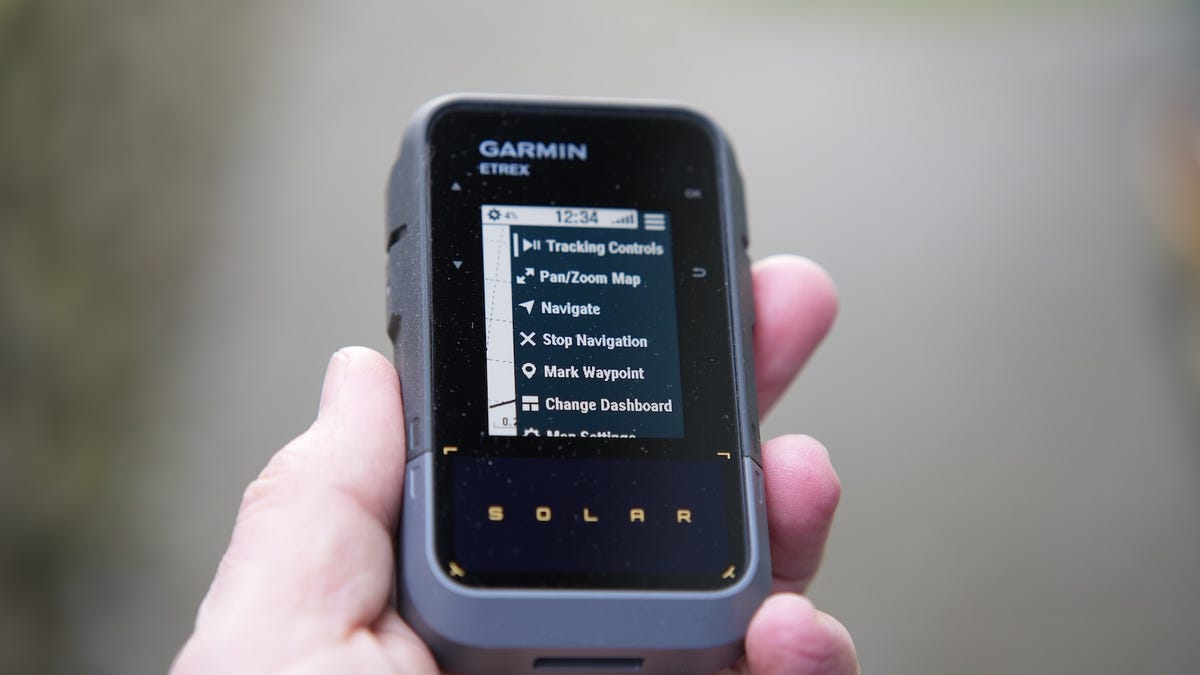Vietnam’s Biometric Verification Mandate: Key Regulatory Impact and Opportunities for Banks & Corporates
Read full article here Vietnam’s New Biometric Verification Rules: What Banks and Businesses Need to Know Vietnam’s banking sector is heading toward a fundamental paradigm shift, driven primarily by the government’s introduction of strict biometric verification requirements. Aimed at preventing digital fraud, this new regulatory framework mandates substantial biometric authentication for both corporate and individual banking transactions. Businesses and banks operating in Vietnam are urged to align their security roadmaps to stay compliant and avoid substantial penalties. Biometric Verification Regulation: A Recap of Decision 2345/QSS-NHNN In July 2024, the State Bank of Vietnam introduced Decision №2345/QSS-NHNN. This landmark regulatory initiative was designed to combat countrywide digital frauds, which result in annual losses amounting to €345 million. Initially, biometric verification targets high-risk banking activities, such as first-time mobile banking logins and transactions above VND 10 million (around €375). Starting January 2025, the regulation expands significantly, covering not just individuals but also corporate accounts. By July 1, 2025, corporate representatives will be required to verify transactions such as fund withdrawals and electronic payments through biometric means. Banks and enterprises failing to comply risk suspension of essential banking services — a severe operational threat already being experienced by some international institutions, including HSBC and UOB. How Banks Respond: Early Adopters Set the Pace Leading banking institutions have begun integrating biometric systems with encouraging results. By mid-2024, 38 million accounts had already enrolled into biometric authentication systems. Notably, Vietcombank reported a striking 63% decline in suspicious activities after integrating biometric verification tied to real-time fraud detection alerts — clear evidence that early adoption significantly enhances financial security. However, the transition also involves various operational challenges. Banks note rising customer service demands, particularly from elderly populations who find biometric enrollment difficult or unfamiliar. As more institutions adopt biometric-related changes, customer support costs and operational hours inevitably increase, impacting overall operational planning. Integration with Vietnam’s National Population Database At the technical core of these regulatory actions is integration with Vietnam’s National Population Database. The database centrally stores biometrics like facial recognition, iris scans, and voice samples. Financial institutions are required to authenticate corporate-level transactions against this centralized registry, providing an added security layer for high-value operations. Early industry results show this integration reduces verification errors considerably. Techcombank, among others, reports a 41% improvement in transaction verifications after connecting their banking applications with the government’s biometric QR code authentication API. Risks for Institutions Delaying Biometric Adoption Banks or corporates underestimating the complexity and urgency of meeting biometric regulatory compliance face considerable operational disruption risks. HSBC serves as a cautionary example, as legacy technology systems led to incomplete biometric coverage, triggering penalty warnings and causing temporary disruption of essential services. For corporate clients, especially multinationals operating in Vietnam’s substantial $450 billion economic environment, delays in biometric compliance may significantly impact core financial activities, including payment processing and payroll systems — potentially causing serious operational repercussions. Strategic Benefits Beyond Regulatory Compliance Ultimately, biometric verification isn’t solely about compliance but represents strategic potential for banks and businesses alike. Early-adopting institutions are already experiencing clearer competitive advantages, enhanced customer trust, and improved operational efficiencies, including automated KYC (Know Your Customer) processes. Analysis indicates that banks investing proactively in biometric solutions have reported approximately 22% increased customer trust. They also find significant operational benefits; reducing both identity theft and financial fraud. As Vietnam’s digital economy expands and integrates deeper into ASEAN’s broader financial ecosystem, early investments in biometric infrastructure position corporations and banks to more effectively capitalize on cross-border market opportunities while boosting cybersecurity resilience. Act Now: Biometric Preparedness is Critical With fast-approaching deadlines and rigorous enforcement, banks and corporates must strategically prioritize biometric verification adoption. Early preparation and decisive

Read full article here
Vietnam’s New Biometric Verification Rules: What Banks and Businesses Need to Know
Vietnam’s banking sector is heading toward a fundamental paradigm shift, driven primarily by the government’s introduction of strict biometric verification requirements. Aimed at preventing digital fraud, this new regulatory framework mandates substantial biometric authentication for both corporate and individual banking transactions. Businesses and banks operating in Vietnam are urged to align their security roadmaps to stay compliant and avoid substantial penalties.
Biometric Verification Regulation: A Recap of Decision 2345/QSS-NHNN
In July 2024, the State Bank of Vietnam introduced Decision №2345/QSS-NHNN. This landmark regulatory initiative was designed to combat countrywide digital frauds, which result in annual losses amounting to €345 million. Initially, biometric verification targets high-risk banking activities, such as first-time mobile banking logins and transactions above VND 10 million (around €375).
Starting January 2025, the regulation expands significantly, covering not just individuals but also corporate accounts. By July 1, 2025, corporate representatives will be required to verify transactions such as fund withdrawals and electronic payments through biometric means. Banks and enterprises failing to comply risk suspension of essential banking services — a severe operational threat already being experienced by some international institutions, including HSBC and UOB.
How Banks Respond: Early Adopters Set the Pace
Leading banking institutions have begun integrating biometric systems with encouraging results. By mid-2024, 38 million accounts had already enrolled into biometric authentication systems. Notably, Vietcombank reported a striking 63% decline in suspicious activities after integrating biometric verification tied to real-time fraud detection alerts — clear evidence that early adoption significantly enhances financial security.
However, the transition also involves various operational challenges. Banks note rising customer service demands, particularly from elderly populations who find biometric enrollment difficult or unfamiliar. As more institutions adopt biometric-related changes, customer support costs and operational hours inevitably increase, impacting overall operational planning.
Integration with Vietnam’s National Population Database
At the technical core of these regulatory actions is integration with Vietnam’s National Population Database. The database centrally stores biometrics like facial recognition, iris scans, and voice samples. Financial institutions are required to authenticate corporate-level transactions against this centralized registry, providing an added security layer for high-value operations.
Early industry results show this integration reduces verification errors considerably. Techcombank, among others, reports a 41% improvement in transaction verifications after connecting their banking applications with the government’s biometric QR code authentication API.
Risks for Institutions Delaying Biometric Adoption
Banks or corporates underestimating the complexity and urgency of meeting biometric regulatory compliance face considerable operational disruption risks. HSBC serves as a cautionary example, as legacy technology systems led to incomplete biometric coverage, triggering penalty warnings and causing temporary disruption of essential services.
For corporate clients, especially multinationals operating in Vietnam’s substantial $450 billion economic environment, delays in biometric compliance may significantly impact core financial activities, including payment processing and payroll systems — potentially causing serious operational repercussions.
Strategic Benefits Beyond Regulatory Compliance
Ultimately, biometric verification isn’t solely about compliance but represents strategic potential for banks and businesses alike. Early-adopting institutions are already experiencing clearer competitive advantages, enhanced customer trust, and improved operational efficiencies, including automated KYC (Know Your Customer) processes.
Analysis indicates that banks investing proactively in biometric solutions have reported approximately 22% increased customer trust. They also find significant operational benefits; reducing both identity theft and financial fraud.
As Vietnam’s digital economy expands and integrates deeper into ASEAN’s broader financial ecosystem, early investments in biometric infrastructure position corporations and banks to more effectively capitalize on cross-border market opportunities while boosting cybersecurity resilience.
Act Now: Biometric Preparedness is Critical
With fast-approaching deadlines and rigorous enforcement, banks and corporates must strategically prioritize biometric verification adoption. Early preparation and decisive action will streamline compliance efforts, mitigate operational risks, and offer significant competitive advantages in Vietnam’s evolving financial landscape.
Find out more detailed insights and further implementation examples for biometric authentication in Vietnam’s banking industry on our full blog post here: https://www.corbado.com/blog/vietnam-banking-biometrics


































































![Apple Watch Series 10 Back On Sale for $299! [Lowest Price Ever]](https://www.iclarified.com/images/news/96657/96657/96657-640.jpg)
![Apple Slips to Fifth in China's Smartphone Market with 9% Decline [Report]](https://www.iclarified.com/images/news/97065/97065/97065-640.jpg)
![EU Postpones Apple App Store Fines Amid Tariff Negotiations [Report]](https://www.iclarified.com/images/news/97068/97068/97068-640.jpg)












![What’s new in Android’s April 2025 Google System Updates [U: 4/18]](https://i0.wp.com/9to5google.com/wp-content/uploads/sites/4/2025/01/google-play-services-3.jpg?resize=1200%2C628&quality=82&strip=all&ssl=1)





























































































_Andreas_Prott_Alamy.jpg?width=1280&auto=webp&quality=80&disable=upscale#)






















































































![[The AI Show Episode 144]: ChatGPT’s New Memory, Shopify CEO’s Leaked “AI First” Memo, Google Cloud Next Releases, o3 and o4-mini Coming Soon & Llama 4’s Rocky Launch](https://www.marketingaiinstitute.com/hubfs/ep%20144%20cover.png)








































































































































































































































